Mount Washington, 6,288 ft high (1,917m), located in the White Mountain National Forest (WMNF a.k.a. The Whites) in New Hampshire, is the crown jewel of the Northeast. It is noted for being the tallest mountain in the region and the most prominent peak east of the Mississippi River.
Mount Washington is also the tallest of the state’s 4000-Footers.
Many activities take place on the mountain. Some of which, like backcountry skiing, are a rite of passage. For many, the mountain fulfills dreams, and for most it offers significant personal rewards, though not without challenges.
Although frequented by tourists clad in Bermuda shorts, sundresses, and sandals, arriving by train, bus, or car, the mountain is often used as a great training ground by those seeking to conquer Mount Rainier, Alaska’s Denali, or even Mount Everest in Nepal.
It is often underestimated by the mountaineers. Sadly, over 170 times it has claimed a life – including the two we lost during the production of this work.
It’s a small mountain with a fierce reputation that surprises many.
We talked to Mike Cherim from Redline Guiding about his experience guiding on Mt Washington. Mike, a.k.a. NH Tramper, lives in North Conway, NH, and began his hiking career at four-years-old on Mt Washington (Tuckerman Ravine Trail to the summit). He has since hiked the 48 4000-footers of New Hampshire several times (winter list, too), finished the New England 67, the 52-With-A-View list, the Terrifying 25 list, the RMC-100, and most recently completed the Belknap Range. Images courtesy of Mike.
Mt Washinton Hike FAQ with Mike Cherim
Why is Mt Washington so dangerous?
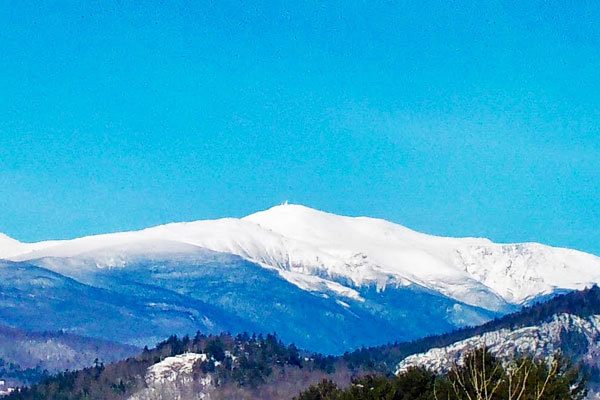
Mount Washington is very accessible. Almost too accessible. Literally millions of people — a third of the population of the United States — can reach The Whites within a single day’s car drive.
This makes the Forest a magnet for anyone in the region looking to quickly and briefly enjoy the great outdoors. This includes people from of all walks of life: those who are trained, as well as those who aren’t.
With the sheer number of visitors seeking to reach the summit, coupled with the summit’s multiple access methods and incredibly unpredictable weather, the death and injury record on the mountain grows.
Why is the weather so unpredictable on Mount Washington?
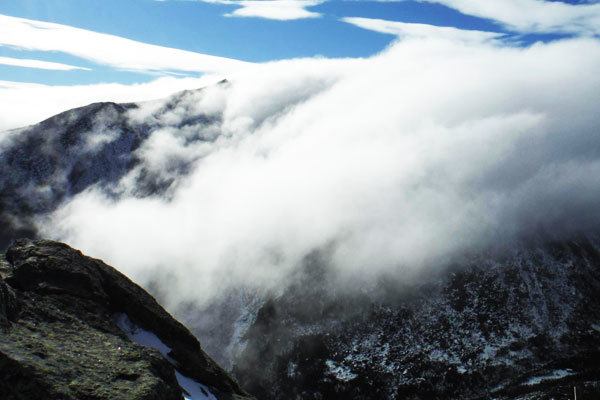
Consider this: all of the weather that occurs in the North America and the Gulf of Mexico funnels in the general direction of this mountain. And since it is the most prominent point in the region, the mountain gets hit with a lot of variable weather.
Sometimes by multiple storms at the same time. This is why Mt Washington is often said to be the Home of the World’s Worst Weather. Many weather records have in fact been long held by this peak.
What month is best to hike Mount Washington?
The best month to hike Mount Washington is typically from mid-June to mid-September, when the weather is more predictable and the trails are more accessible. However, it is important to check weather conditions before hiking and to be prepared for sudden changes in weather. I recommend checking the latest weather conditions and forecast details here.
Do you need a permit to hike Mt Washington?
No permit is required to hike Mt. Washington, but it is recommended to register at the trailhead for safety purposes. You will need a Discover Pass to park within the State Park.
What are the main trails on Mt Washington?
Some of the main trails on Mt. Washington include the Tuckerman Ravine Trail, the Lion Head Trail, the Ammonoosuc Ravine Trail, and the Huntington Ravine Trail. Each of these trails offers a unique hiking experience and level of difficulty. It is important to choose a trail that is suitable for your skill level and to be prepared for the challenges of hiking on Mt. Washington.
What is the easiest Mt Washington trail?
The easiest trail up Mt. Washington is the Tuckerman Ravine Trail, which is a popular trail among hikers of all skill levels. However, it is still a challenging hike and requires proper gear and preparation.
What is the hardest hike up Mt Washington?
The hardest hike up Mt. Washington is considered to be the Huntington Ravine Trail. It is a steep and challenging trail that requires technical climbing skills and is recommended only for experienced hikers.
Can a beginner climb Mt Washington?
While it is possible for a beginner to climb Mt. Washington, it is not recommended. The mountain has unpredictable weather conditions and can be very challenging even for experienced hikers. It is important to have proper hiking gear, knowledge of the trail, and experience in hiking before attempting to climb Mount Washington.
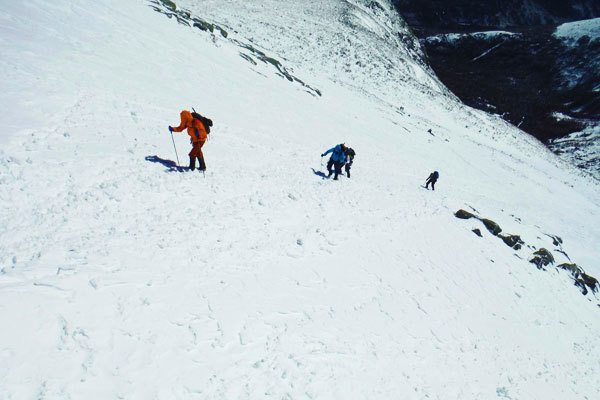
How many climbers have died on Mt Washington?
Mount Washington is known for its challenging and dangerous hiking conditions, and unfortunately, there have been many deaths on the mountain over the years. The exact number is difficult to determine, but it is estimated that over 170 people have died on the mountain since records began in the mid-19th century.
What wildlife and plants can one expect to encounter on Mount Washington?
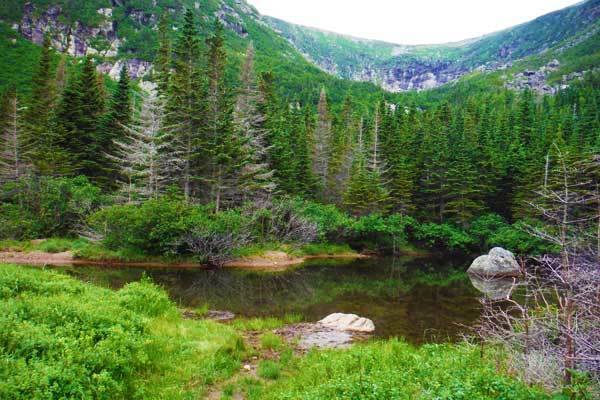
Given that the summit is in an inhospitable alpine zone, very little wildlife lives on top of Mount Washington. Certain plants do thrive, however, some quite rare and only able to live in such an environment.
In what is known as the Alpine Garden, a somewhat protected shelf on the east side of the mountain about 1,000 feet below the summit, myriad alpine flora do quite well putting on a respectable show of tiny flowers from various stunted, waxy-leaved plants, usually in June.
As for the fauna, at least on the upper mountain, foxes are seen on occasion, as well as various rodents living among the talus (rock debris) and krummholtz (weather stunted fir and spruce trees).
At lower elevations in the mixed northern forest and boreal zones you can expect a bit more wildlife diversity. You could spot red squirrel, moose, black bear, pine martens, black-capped chickadees, porcupine, and several others.
Do any humans live on Mount Washington?
Humans live on the mountain in shifts including the Mt Washington State Park staff and the weather observers working at the Mt Washington Observatory (MWOBS) based at the summit. The latter reside there all year round with an adorable cat named Marty.
Lower down on the mountain you can encounter more people, including the US Forest Service Snow Rangers who monitor avalanche activity in ravines in winter and early spring, a Hermit Lakes Shelters’ caretaker at a nearby Appalachian Mountain Club (AMC), and another caretaker that stays at the Harvard Mountaineering Club’s Harvard Cabin about four-tenths of a mile away.
What is the summit and surrounding environment like?
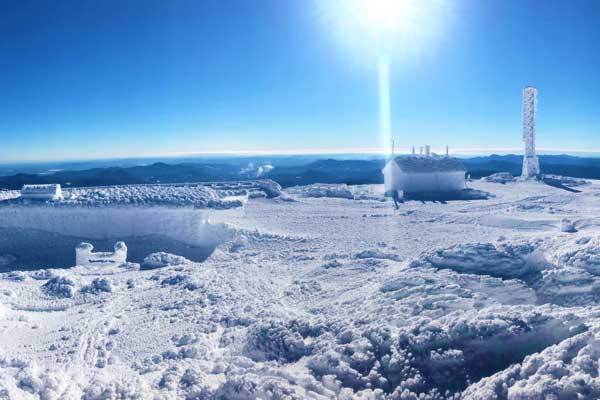
It’s an Arctic tundra, but without a permafrost. The relentless west winds scour everything that tries to survive here.
All that lives is stunted or dwarfed, and the rocks are covered in close-growing green lichen. Many will agree that the summit looks out of this world.
Weather permitting, it is stunningly beautiful to those who set eyes upon it. Unfortunately, Mt Washington is often covered in think impenetrable white fog.
What are other names given to Mount Washington?
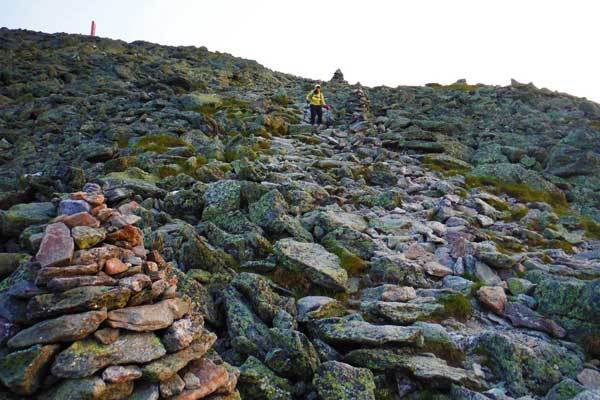
Indigenous peoples living here before European settlers arrived referred to the mountain as Kodaak Wadjo meaning the Top is So Hidden or Summit of the Highest Mountain.
Other tribes called it Agiocochook meaning the place of the Great Spirit or the place of the Concealed One.
The Algonquians, which are well-known to this region, called it Waumbik meaning White Rocks — so called for the bright white glint of light reflected by the abundance of mica in the rock. Unsurprisingly, many of these names are weather-related.
Mount Washington is a small mountain on a scale of all mountains, but stands on its own with its demonstrations of nature’s fury, which is recognised in its local names.
When the settlers did finally arrive, they thought of the mountain as daunting terrible prior to realizing how sublime it can be. Nowadays a lot of people call it The Rock Pile.
Who was the first person to hike to the summit of Mt Washington?
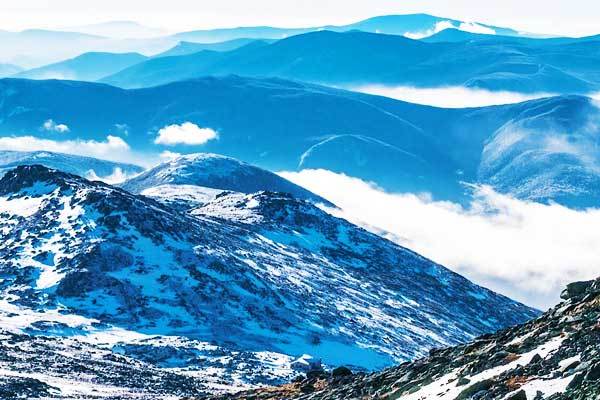
In 1642, a ferry operator and local translator called Darby Field along with two Native American companions made his way toward the summit of this shining and revered White Hill becoming the first known European to reach the summit.
Many believe they summited from the southeast, potentially going over what is now known the Boott Spur. Some claim they went via today’s Davis Path along the Montalban Ridge from the south, instead.
Others still argue that they may have taken a route through Tuckerman Ravine. However, strong evidence, citing certain landmarks, suggests that they might have accessed the summit by way of what is now known as the southern Presidential Range, roughly following modern Crawford Path.
By the way, the Crawford Path is the oldest continuously-used hiking trail in the United States and is still a major access trail to this mountain. Using this route might have seemed like a natural choice at the time.
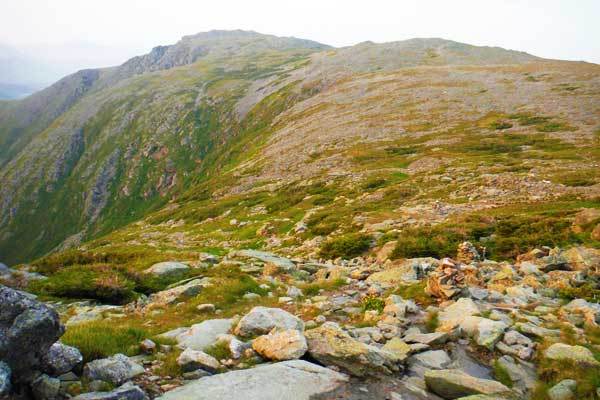
What other outdoor activities can you do on Mt Washington?
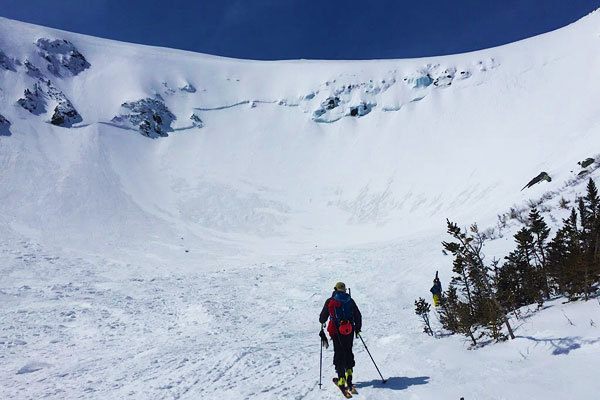
It’s a Mecca of mountaineering sports and much more.
Hikers use this mountain all year round. Along with tourists arriving by car and train, they scatter throughout the mountain’s top taking in any available views or sometimes just experiencing the weather.
In June, many come to see the Alpine Garden which is a great flower display of the wild alpine flora. Some wander the summit buildings occupied by the State Park, the MWOBS (to check out their weather museum), and more.
There are two gift shops, two museums, a post office, and a cafeteria. People partake in a foot race and a bicycle race annually on the mountain, all taking place on the Auto Road. A rally-style auto race also takes place on this curvy road. On yet another special day, ATV Club takes it on.
Back in the day, there was a tradition of sliding down the opposite side on the Cog rails sitting upon sliding boards also referred to as Devil’s Shingles.
Rock climbers ply their craft here, too, while in the frozen depths of winter ice climbers suffer on some of its massive ice formations.
In winter and spring people also ski the ravines, gullies, and snowfields.
And if this all isn’t enough, a pentathlon called the Inferno also happens on this small mountain.
Are the buildings on Mt Washington accessible to the public?
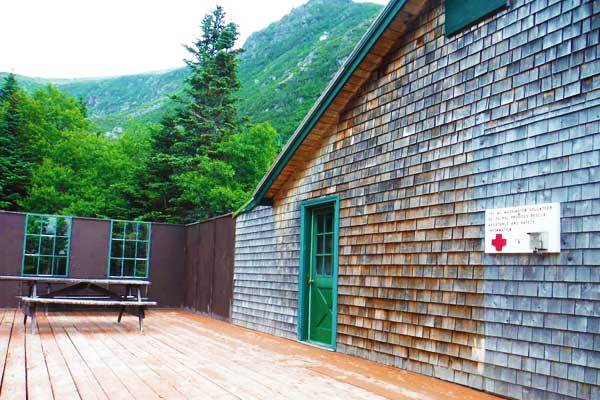
Some are and some aren’t. This hugely depends on the time of year and time of the day. The State Park’s Sherman Adams building is accessible to the public during its open hours in the open season.
This includes an information desk, the bathrooms, cafeteria and dining area, post office, and one gift shop. The now Stage Coach Office’s gift shop also is occasionally open in the old Weather Observers’ building. The Tip-Top House, an old bunkhouse now managed by the State Park, offers open hours for historic tours.
Speaking of tours, the MWOBS offers special tours to its members and others by special arrangement. Contact them for more details. Everything else is closed to the public.
In the off season, everything is closed. Aside from hiding from the wind behind one of the structures, there is no way to get out of the weather.
Hikers, climbers, and skiers are on their own. That said, there are emergency access points known to the people who work up there, the MWOBS is manned all year round. And many of the local guides also know of these entryways but would not and cannot use them except in life and death situations.
Can you camp or stay on Mount Washington?
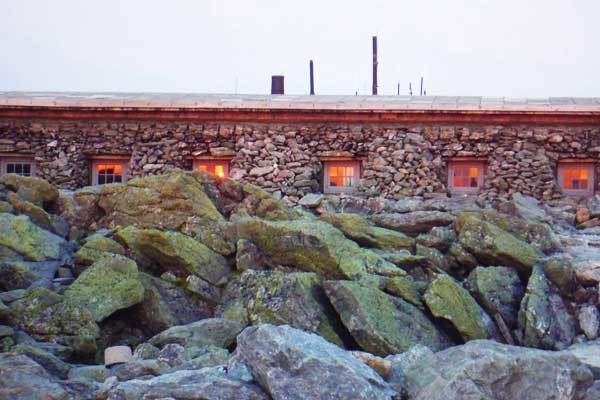
The summit, the Alpine Garden, as well as Huntington and Tuckerman Ravines are all part of a sensitive protected area known as the Cutler River Drainage, so there is no camping allowed at any time.
Exception is made to the Harvard Cabin and its tent sites in winter only, and the AMC’s Hermit Lake Shelters.
In winter, outside of this area, you can camp in the alpine zone on two or more feet of snow along the Presidential Range.
To learn more, here’s additional info about WMNF Backcountry Camping Rules. Members of the MWOBS can also access the summit observatory for overnight stays by special arrangement. Please contact them directly for more details.
